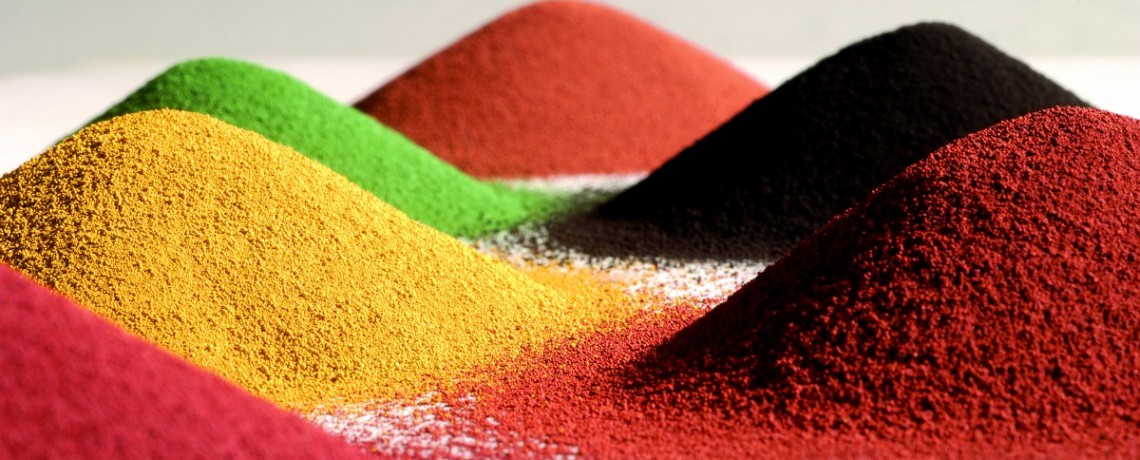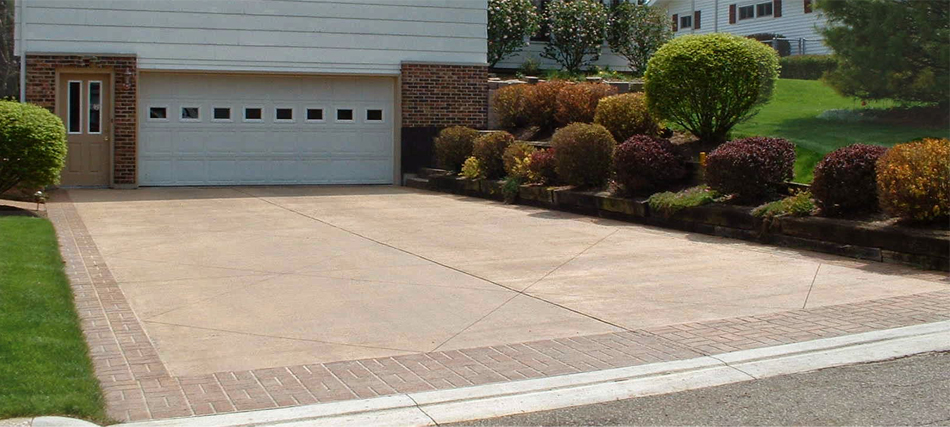
What is integrally colored concrete?
Since the late 1800’s concrete companies have been adding color to their concrete work. Their thinking was to add more appeal and variety to their finished product. The very same reason we use color today. Before the turn of the century however these were closely guarded formulas that each company would develop and use individually. That was until a man by the name of, Lynn Scofield came along in 1915 and commercialized the production of color for concrete. Scofield setup the first color manufacturing business based out of Chicago where he produced many types of coloring agents, including integral color, stains, and hardeners. What made their products so popular was the level of quality and consistency it provided concrete companies, something that was previously difficult to achieve.
How integral color works
This method of integrating color involves adding a metal iron oxide of a specific pigment to a concrete mixture before casting. These ultra tiny iron particles of pigment bind themselves to the cement particles and aggregate which is much larger in comparison, thus coating the concrete completely and giving the mixture a very specific hue such as a warm terra cotta, subtle buff or any color as you will see.
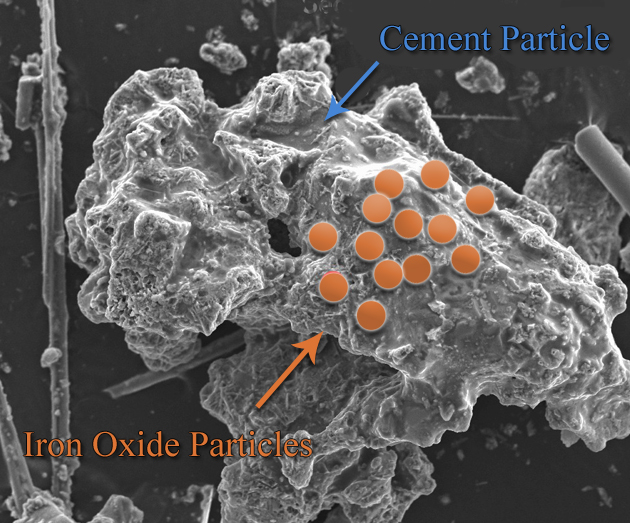
Natural vs. Synthetic color
Natural pigments produce a range of well, natural colors, think earth tones. These are achieved by combining one, two or three of the primary colors that occur in iron oxides. Synthetic pigments produce; you guessed it, synthetic colors. These have a broader color range than those of natural pigments which opens up many more color choices. Most integral colors whether they are natural or synthetic are permanent, they won’t fade with time. With that being said, there are some differences between them. Let’s have a look at them individually.
Natural
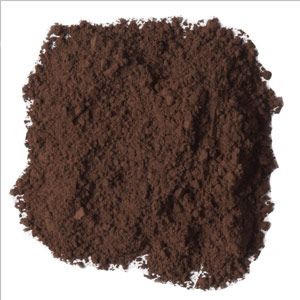
Umber is basically a Manganese enriched form of Goethite which is an iron oxide, it happens to be the main component in rust and gives it that rich brown color. Umber, is a relatively inexpensive coloring pigment. It produces a full range of browns and because it blends nicely and produces an even colorit is used as a base in many earth tones.
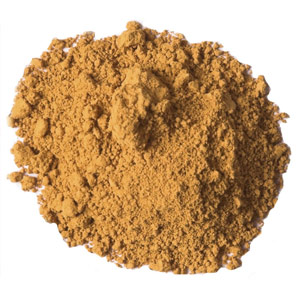
Ochre closely related to umber, is another iron oxide. The least expensive of all the natural pigments, it produces a range of colors from brown to a light buff and makes a fantastic base color. It too blends evenly.
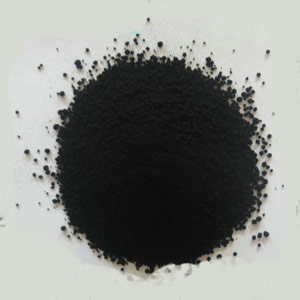
Carbon Black or Lamp Black, is still used for its high coloring power and dark shades it produces. Carbon Black cannot adhere to concrete the way iron oxide pigments do, therefore it is not recommended for exterior use. As an alternative, use a black iron oxide instead.

Chromium Oxide much like iron oxide is permanent and weather proof, but the color it produces is a green pigment that iron oxides such as umber and ochre cannot create.
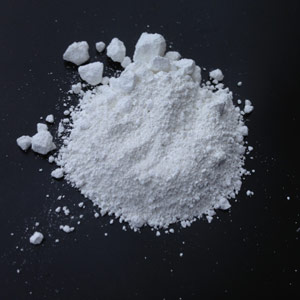
Titanium Dioxide creates an ultra white pigment and is not only used in concrete but can be found in such items as sun screen. The reason being is its high refractive index, its strong UV light absorbing capabilities and its resistance to discoloration under ultraviolet light. Often this is used in commercial applications for large concrete structures such as bridges or buildings which need to stand up to abuse from the sun.
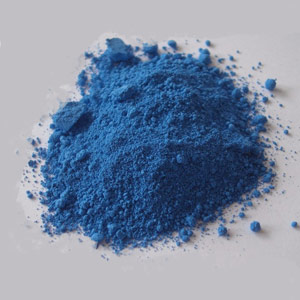
Cobalt Blue is as the name suggests, it has a blue pigment. It is an aluminum oxide which has been used to color all sorts of things for hundreds of years. It is the most costly of all the naturally occurring colorants.
Synthetic
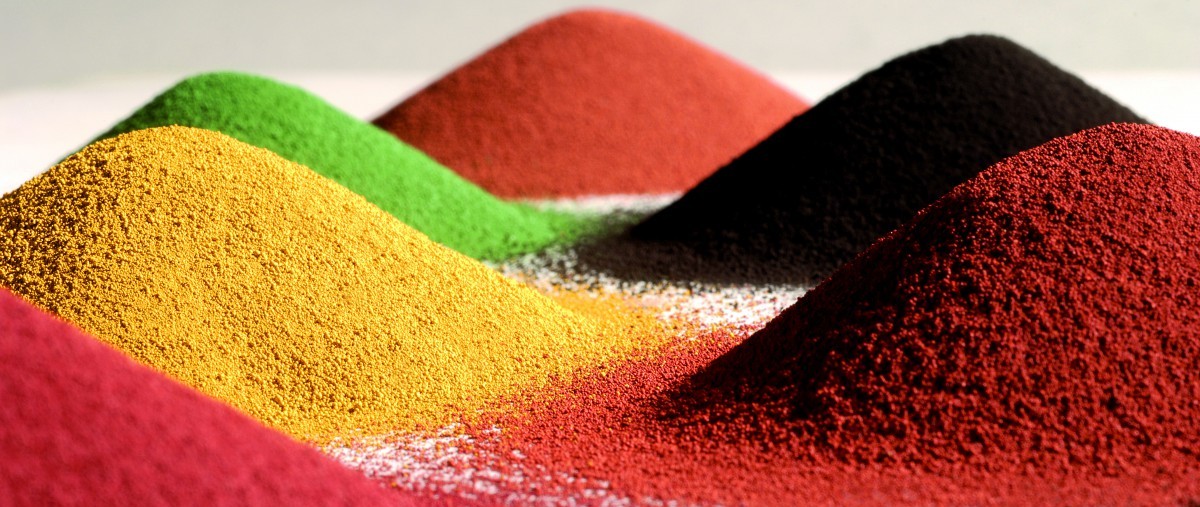
The history of synthetic oxides is well documented. They are a purified form of their natural counterparts, this is achieved by removing contaminants that are bound in the naturally occurring pigments. By removing those contaminants a more refined and intense hue can be achieved. A chemist by the name of William Henry Perkin was one of the first in a long line of chemists to become wealthy developing various kinds of synthetic pigments over the many decades that followed.
Understanding why integral color is used
Integral color can be used as a less expensive alternative to stamped concrete since it provides visual interest through color without the extra labor and subsequent cost for stamping concrete.

Often, it is used in conjunction with other methods for various looks because it provides an even backdrop on which to build colors and textures. Generally speaking, integral color is mixed off site before its poured, which means no cleanup!
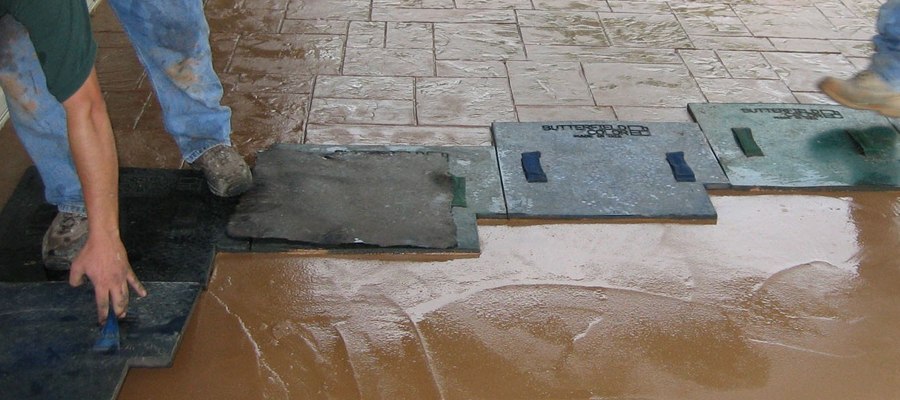
Finally, it requires little if any prep work. These reasons make it a very popular choice with contractors and consumers alike.
Advantages of integrally colored concrete
As you may already have gathered, integral color has some big advantages. The first being its ability to resist fading from UV rays or other corrosive elements. And when the concrete wears over time from foot traffic and weather, it will do so with even and consistent color since the whole pour is uniform.
Where it’s used
Floors, patio’s, porches, sidewalks, steps and walls are common areas, but it’s fantastic for any application really. The only time color is not use, is if you wanted that basic gray look or you are trying to save on cost. But the fact remains, that the natural color of concrete actually varies, so it could be argued even when you are trying for a specific shade of gray, color may be recommended for customer satisfaction.
Integral Color Vs.
There is no particular color product or process that is always better than another, but rather it will differ in practicality depending on the application. As an example, not all color dyes are UV resistant so they are better suited for indoor applications. With that being said you can throw caution to the wind and use dyes for any and all exterior concrete projects. Just realize that they could fade over time due to UV rays from the sun.
As a side note, dyes, stains, and hardeners can be formulated to match existing surroundings; furthermore they can be used in parallel with integral color for adding dimension on a project. So really, it’s not a matter of integral color vs. these other coloring agents, but more a question of when and where they are best used.
With that being said, let’s cover some of the advantages and disadvantages when using dyes, stains and hardeners. Understanding this will help us know when and if to use integral color.
Dyes: have grown in popularity quickly and are relatively new to the world of concrete. They come in both water and solvent based formulas. They are applied topically onto the surface and can be sprayed or rolled on. The dye penetrates the concrete and adheres to the aggregate mixture. A few factors affect the color intensity of the finished product, generally speaking, water based formulas tend to produce more muted uneven color tones, where as solvent based dyes create vibrant color with more even coverage.
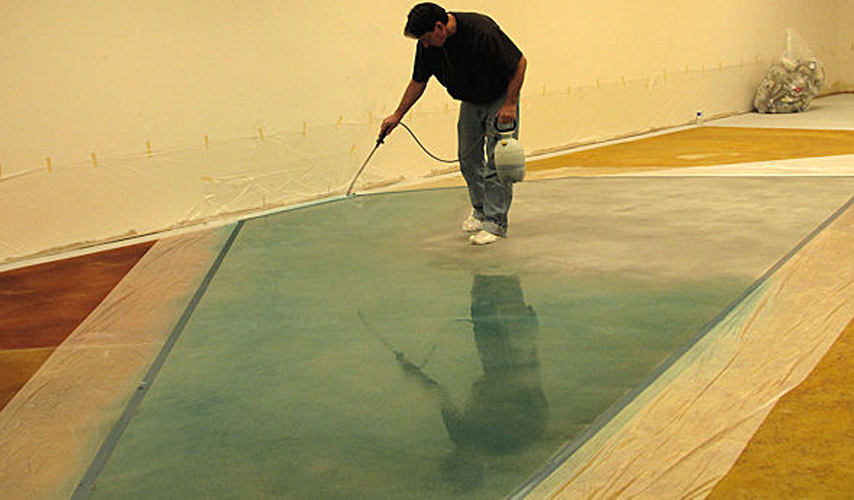
Advantages – they can achieve a range of colors and hues with varying intensity.
Disadvantages – dyes set fast and take skill to apply correctly. As mentioned above, they may not hold up to UV rays over time, so they are best suited for indoor applications.
Bottom line – dyes can be used to add interest to concrete with colors that pop. Whether you want a variegated look that has a more natural feel or you prefer a consistent color throughout the concrete, dyes can deliver.
Stains: are similar to dyes in that you apply them the same way. They also come in two base types, one being water and the other acid. Of all the options for coloring there is none that offers a more vibrant color than that of stain.
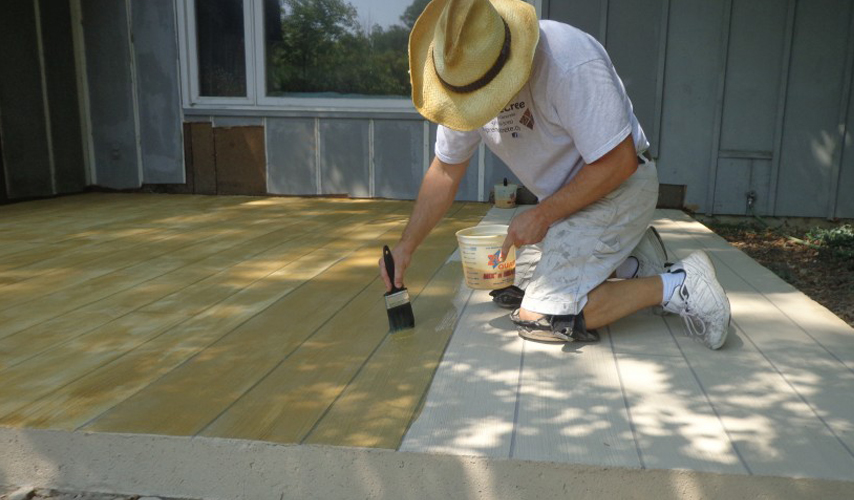
Advantages – unlike integral color and shake on hardeners, stains can be added at any time. Water based stains have a broad range of hues to choose from. Color doesn’t fade with exposure to UV rays or wear.
Disadvantages – like wood stain, concrete stain will not cover over flaws but will actually magnify them. So care is needed to prep the concrete in such a way that it is free of containments or finishes. If not, the stain won’t penetrate those areas. Also, cure time can be lengthy with some manufacturers recommend up to 21 days.
Bottom line – stains are a fantastic way to add dramatic colors and patterns. They require careful prep work and talent. The finished product is nothing short of amazing. They can be used in conjunction with other types of color including integral color or used in concrete overlays to revitalize older surfaces.
Dry-Shake Hardeners: unlike stains and dyes, color hardeners are completely different. They are “broadcast” onto the concrete after the bleed water disappears and floating no longer changes the surface level. Application is achieved by casting powdered pigment onto the surface of the concrete at knee level a handful at a time or mechanically for larger areas.
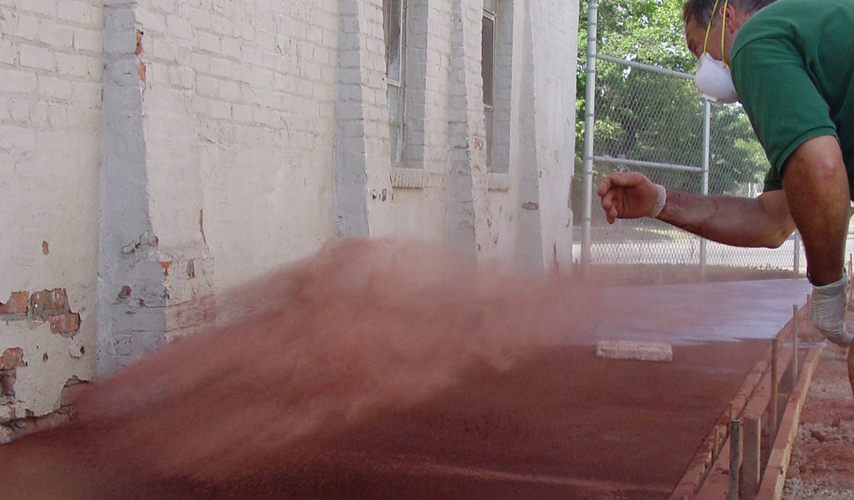
A tip – work the color from the outside into the center since the outside edges cure sooner than the center.
Advantages – hardeners have a hardening effect on the concrete surface, which is excellent for exterior projects. By skillfully applying and then troweling this additive onto the surface, once cured, gives additional strength and durability to the concrete. This provides added resistance to the effects that may occur with the expansion and contraction due to temperature swings as well as salting that occurs during icy winter months in some regions.
Disadvantages – since it is in powdered form, wind can affect its application. Also, there is the potential for harmful effects from breathing in the powder during application. Of course, once cured the powder is bound to the concrete and fixed in place, making it harmless.
One other potential drawback, vertical applications are near impossible due to the nature of application process. This type of coloring agent is best suited for flat horizontal surfaces.
Bottom line – with careful prep work and experience dry-shake hardeners can be the perfect addition to an exterior concrete patio or stamped concrete project.
Drawbacks to using integral colored concrete
There are a few perceived drawbacks. The cost of using integral color can range, but generally is 30% more than concrete alone. This however, may not be an issue when esthetics and durability are high priority.
Another perceived issue could be with color intensity, shake-on hardeners and stains will leave a more intense hue than that of integral color. This also may not be an issue. For instance, if you want a subtle undertone for a base, integral color provides just that.
Other than these points there really are no “drawbacks”. Which explains the wide use of integral color in both professional and DIY concrete projects; customers as well as contractors love it!
Maintaining your investment
Why would you need to maintain something that’s as hard as rock?
No matter what a material is made of, the natural forces of our earth will erode it. To illustrate, consider the Grand Canyon, over time water and wind carved canyon walls over a mile deep in spots!

Even concrete is subject to wear over time through erosion from weather, foot traffic, and general use. By adding protection over the top of this already very durable substance, you will ensure an extremely long lasting product.
Finishing your projects with concrete sealer
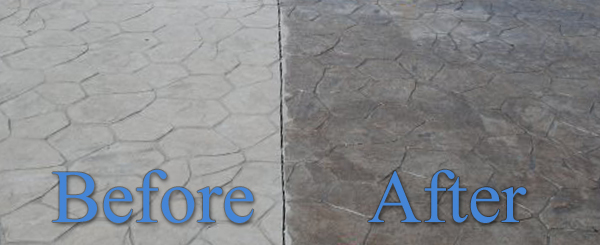
Which sealer is right for you? This depends on a number of factors. Keep In mind that sealers can affect the finished look of the colored concrete as well as the sheen it has. They come in both clear and tinted colors. Also it is recommended to use a sealer from the same manufacturer that was used for the color. By following their guidelines and recommendations you will ensure the best end result.
Finally consider whether to add traction with the sealer, since you will be applying a coating to the surface anyways.


